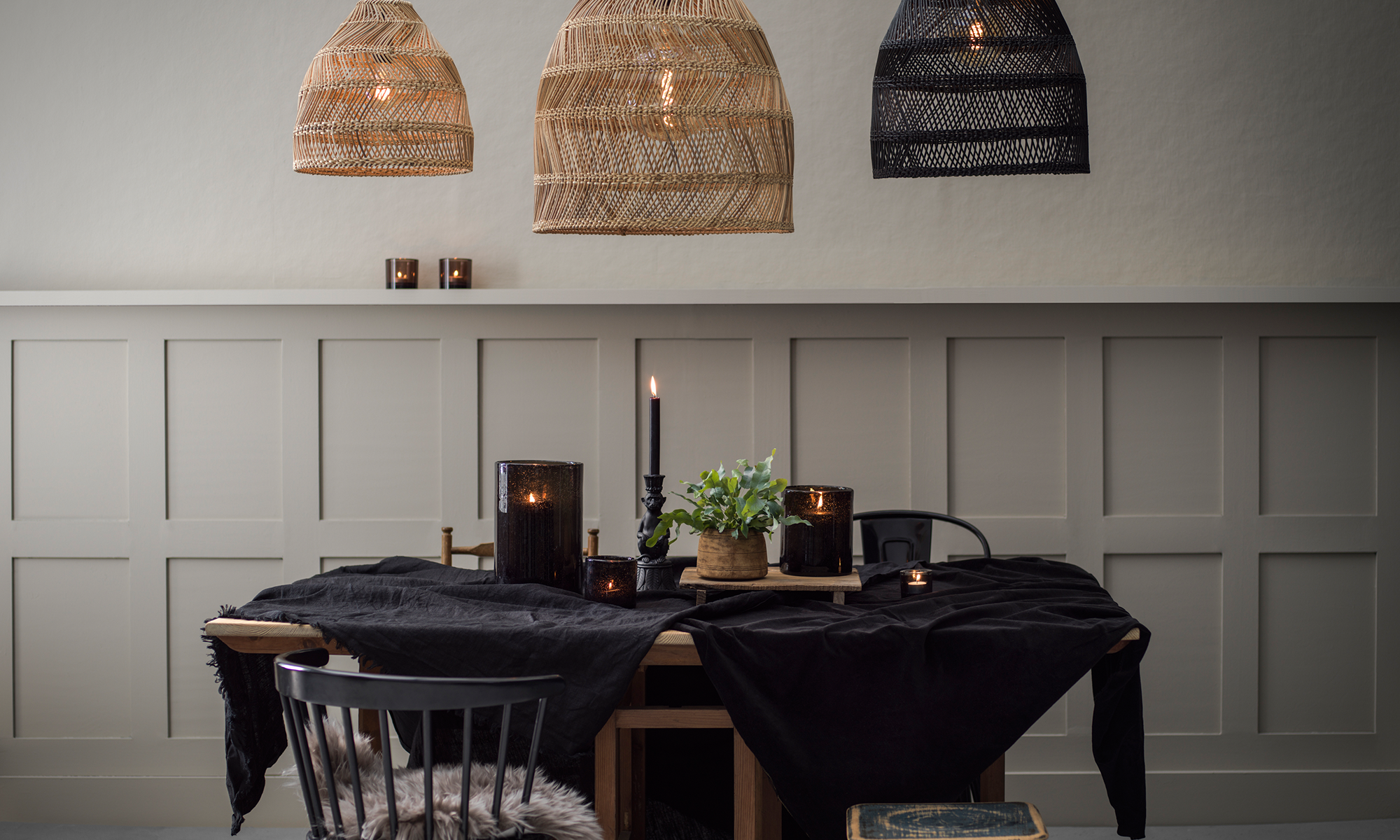Material: Lampakanay
Lampakanay (Typha Orientalis) is naturally and abundantly grown in low altitudes and wet shallow places with stagnant water in Mindanao, southern part of the Philippines.It is a strong and durable material for weaving.
Harvesting and converting these lampakanay stalks into fiber are the way of life for the farmers in the rural communities. It has provided livelihood for the farmers and their families. Several rural farmers have sent their children to school because of the work lampakanay material has provided to their families.
Lampakanay material is widely used for baskets, mats, lamp shades and bags. These products are hand-woven by rural community members composed of mothers, able elderlies and individuals with physical disabilities. Each product sold out of lampakanay has help families in the rural communities in the Philippines.
Material: Raffia
The raffia fiber is obtained from the raffia (raphia) palm tree, which grows in tropical regions and in wet soil in Madagascar, Africa and the Philippines. The raffia palm (Raphia farinifera) is made of long leaves that can attain 60ft (18m), which makes it the palm tree with the largest branches.Each palm branch is made of nearly 100 leaflets, which are cut and torn off in parallel lines yielding long continuous fiber of a pale green color.
Collectors go deep into the island to harvest the raffia palm.They strip and dry the freshly cut pale green strand and sun dry them.The dried raffia fibers then turn beige in color to yield the natural colored raffia we all know.
The raffia strands are then brought into warehouses, where they are sorted and separated into different qualities of raffia, according to their color, texture, fiber length and width.
Each quality is then transferred to another section where they will be put up into raffia hanks, balls, braids or spools. Part of this natural raffia is also dyed to obtain colored natural raffia.
All these processes from the raffia harvesting, to the dying and packing are done manually by the local people with the utmost respect to the environment. Governmental laws also contribute to the preservation of the raffia palm trees by limiting the harvest of raffia palm from June to October each year to allow the branches of the raffia palm trees to regrow before the start of the next harvest
season.
Material: Rattan
Rattan is a naturally renewable palm that grows in the tropical regions of Africa, Asia, and Australia, and is used for furniture, handcrafts, and building materials among others. Rattan continues to be an invaluable part of rural people’s livelihood in Southeast Asia.
Rattan is a climbing vine-like plant. It is a member of the palm family and more that 600 species are known. It has strong, solid stalks that grew around 2-5 cm in diameter and the leaves have long whip-like barbed tips that serve as support system for the plants to grow and climb over trees and other plants toward the sunlight in the rain forest. The long slender stems grow very fast and they are quickly replenished after harvest.

